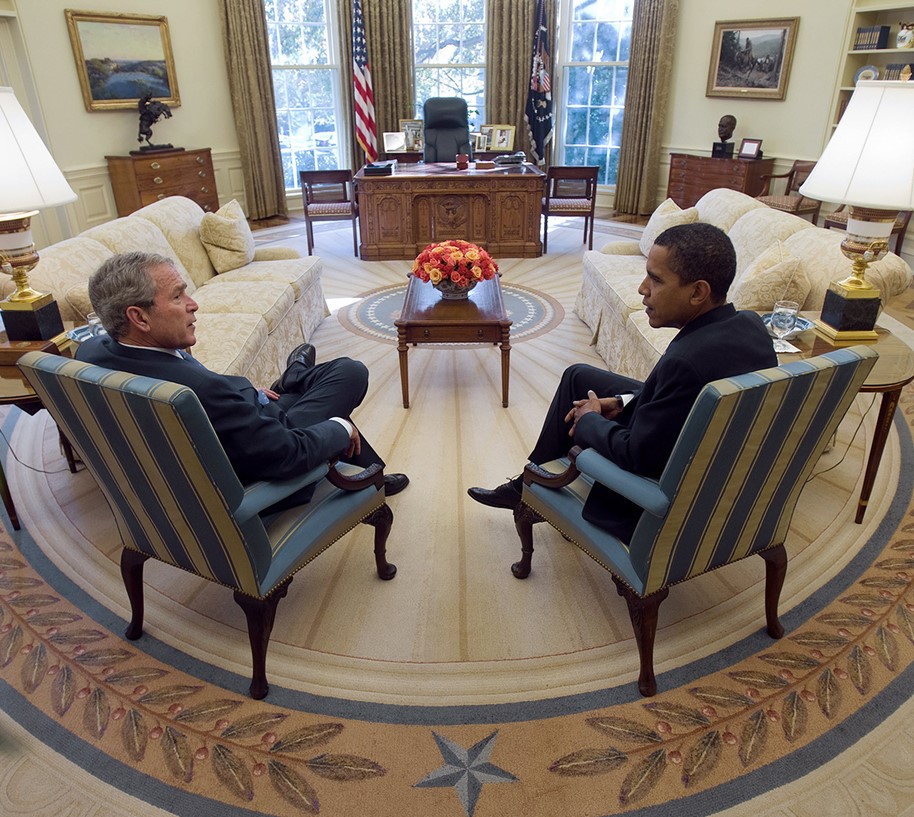The Life Of A Presidential Pooch
June 10, 2016 in Daily Bulletin

Darlene Superville wrote about Bo and Sunny, the first pets of the White House:
- The pets are celebrities in their own right and have schedules that are emailed to them (well, their handlers anyway) every month.
- Engagements can include anything from greeting White House visitors to cheering wounded soldiers.
- With celebrity comes danger, of course. In January a man was arrested for coming to the capital with the intent of dognapping one of the pets.
- Presidential pets have a storied history at the White House – George H.W. Bush’s pet dog, Millie, even published a book while in the White House titled, simply, “Millie’s Book”. It became a best-seller.
Read about the responsibilities that the Obama dogs have taken on, and the lives of other Presidential pets over here. And read our series on Pet Perks here.
Source: AP









Join the Discussion! (No Signup Required)